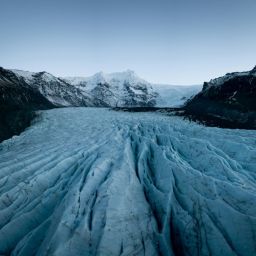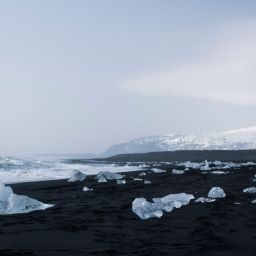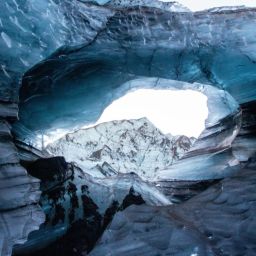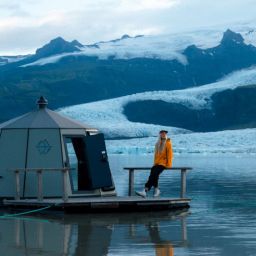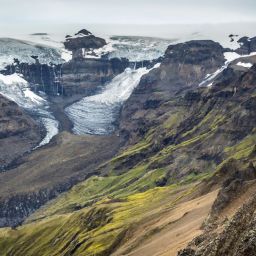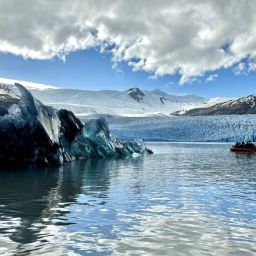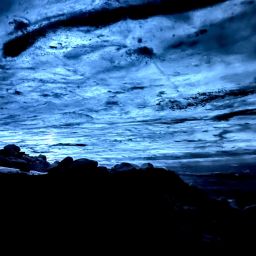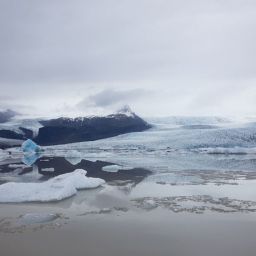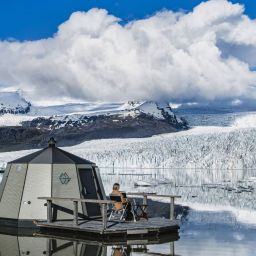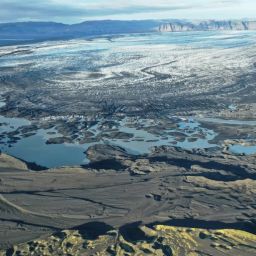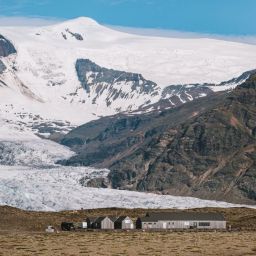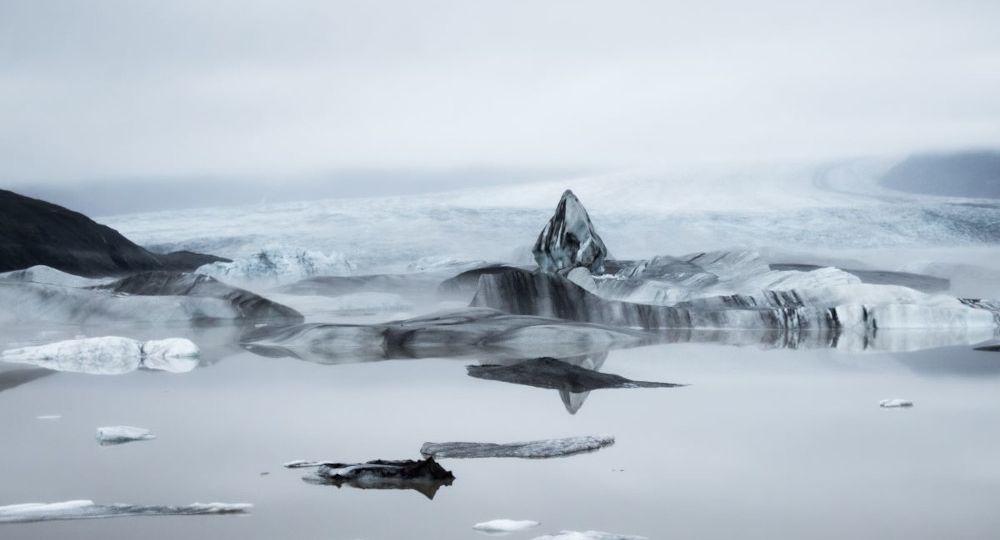
Vatnajökull National Park – Unesco Heritage Site
This week we would like to share with you some information about Vatnajokull National Park, why you should explore the area and the main highlights. This beautiful area possesses endless natural wonders of different landscapes.
About the park
Vatnajokull – formation and size
Vatnajokull is the largest glacier in Europe, is a monumental ice cap covering about 8% of Iceland’s landmass. This colossal glacier is the result of centuries of snow accumulation, creating an ice mass that spans around 8,000 square kilometers (3,100 square miles).
Its size and geological diversity make it a vital conservation area, preserving unique ecosystems, glacial formations, and volcanic landscapes.
Where do you find Vatnajokull Glacier
Situated in the southeast of Iceland, Vatnajokull is a dominant feature of the Vatnajökull National Park. Its presence shapes the region’s landscape, influencing weather patterns and offering breathtaking views with glacier outlets crawling down in various places.
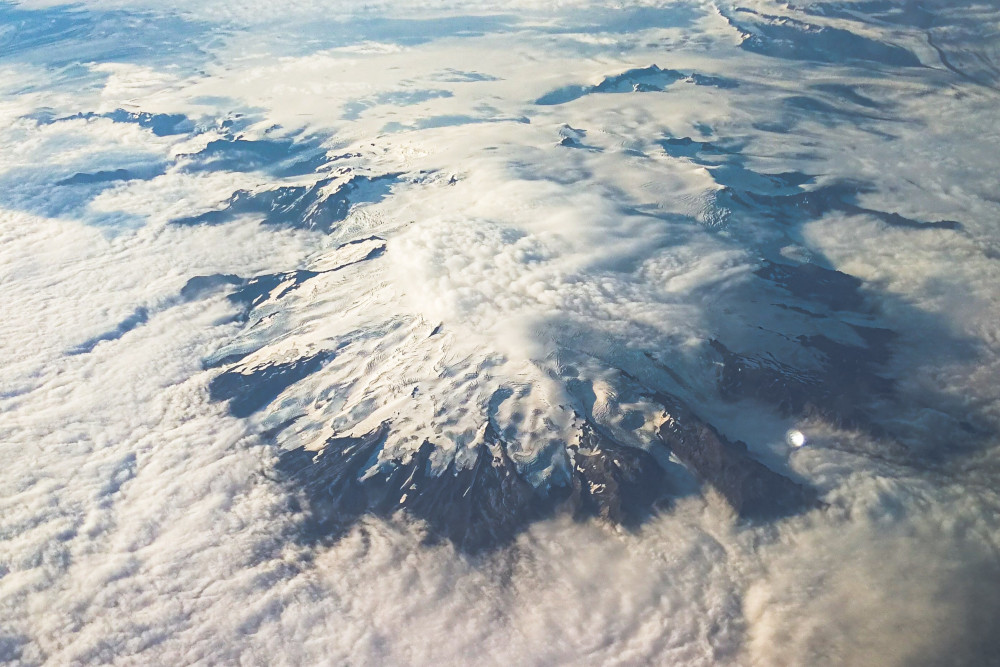
Vatnajökull Ice Cap by Angel Luciano
Subglacial Volcanoes
Beneath Vatnajökull icy surface lies a dynamic geological environment. Several subglacial volcanoes, including Grímsvötn and Bárðarbunga, contribute to the glacier’s ever-changing nature. Eruptions beneath the ice can lead to the formation of ice caves and dramatically alter the glacier’s appearance. When lava erupts beneath a glacier or flows over snow and ice, ice melts creating lahars with sometimes possible flooding of river that can last for short or longer periods depending on the duration of the eruption. In Iceland we have had flooding in the past that has taken out bridges, cutting off the main ring road around the island.
Ice Caves and Glacial Features
Vatnajokull is renowned for its mesmerizing ice caves, which form because of melting ice and the flow of glacial rivers. These caves exhibit stunning blue ice, created by the compression of ice and the exclusion of air bubbles, rewarding us the chance to explore this natural wonder.
Vatnajökull National Park – A Natural Heritage
Vatnajokull National Park was established in 2008, it is a UNESCO World Heritage site that encapsulates not only the glacier but also a diverse range of natural wonders found in the area. The park encompasses an extensive area of glaciers, mountains, waterfalls, and coastal areas, creating a rich and varied landscape, making the southeast for a good reason the most popular place for nature lovers to visit.
Ecological Diversity
The park is home to diverse ecosystems, from the glacial expanses of Vatnajökull to lush valleys and coastal regions. Its biodiversity includes various plant and animal species adapted to the challenging conditions of this subarctic environment.
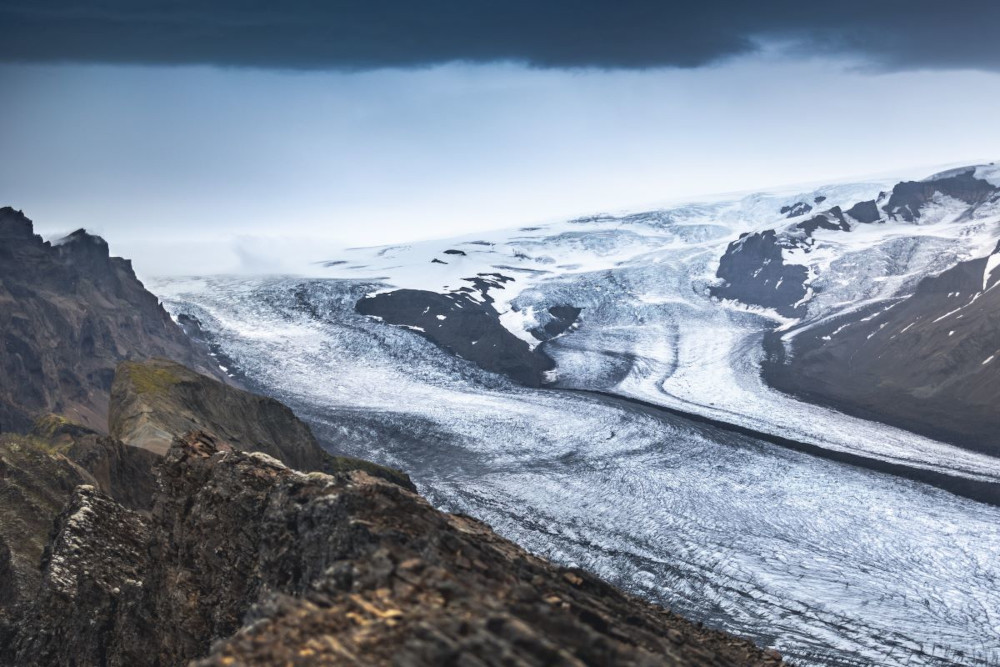
Skaftafell glacier by Marek Piwnicki
Cultural Heritage and Conservation
Vatnajökull National Park holds cultural significance. It encompasses historical sites, traditional farming areas, and remnants of human habitation, providing a glimpse into Iceland’s cultural and historical heritage over the centuries. As a UNESCO World Heritage site, Vatnajökull National Park is dedicated to environmental conservation. Efforts are made to balance tourism with the preservation of its unique ecosystems, ensuring that future generations can continue to enjoy unspoiled nature.
Visitor Experience
The park offers a range of activities for visitors, including hiking trails, glacier tours, and opportunities to witness the powerful forces of nature at work every day. Popular destinations within the park include Fjallsarlon Iceberg Lagoon and Jokulsarlon Glacier Lagoon, both offering ever changing sights with icebergs floating around, the view is never the same and therefore visitors return again and again for new experiences.
Skaftafell Nature Reserve offers a variety of hiking trails for both beginners and more experienced hikers though, forests, exploring waterfalls and breathtaking glacier views. Close by you will find ice caves beneath Vatnajökull, that are mostly explored during autumn, winter and spring. During summer most ice caves become inaccessible due to melting ice turning into rivers that dry up when temperatures drop below zero.
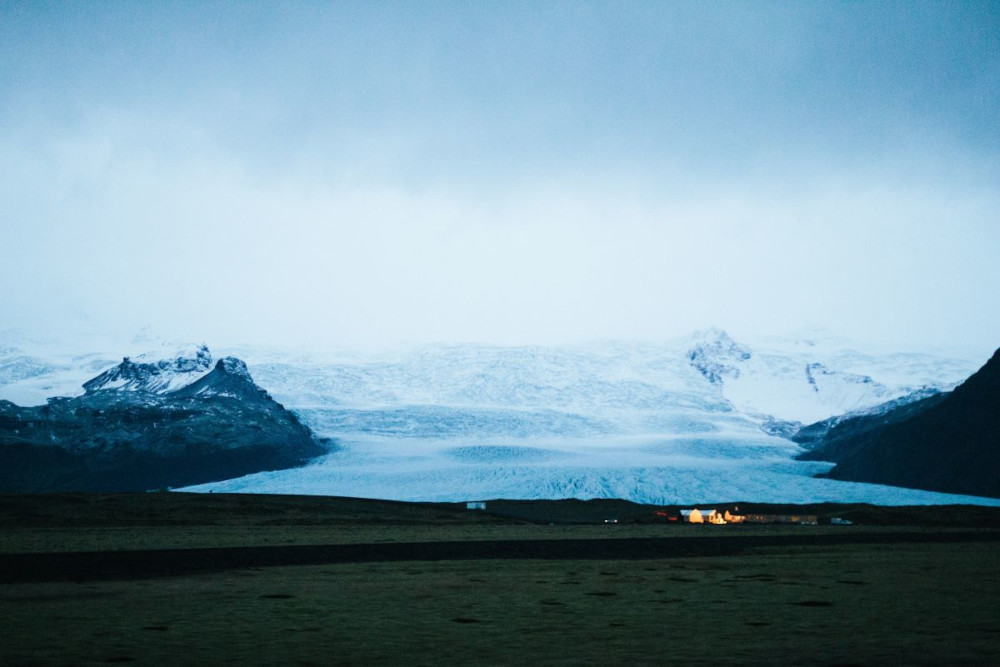
Vatnajökull and Fjallsárlon by Joshua Howey
In summary, Vatnajökull Glacier and National Park represent an awe-inspiring combination of natural beauty, geological marvels, and cultural heritage, making them integral parts of Iceland’s identity and a must-visit destination for nature enthusiasts. We encourage guests to spend at least two days, preferably three to four days, for a more relaxed holiday as there is so much to see and do.
Other information
For more information about the area, we recommend checking out Vatnajokull National Park website: https://www.vatnajokulsthjodgardur.is/en
We offer unique small group tours away from the crowd at Fjallsarlon Glacier Lagoon
Overnight Adventure
Fjallsarlon Boat Tours
Fjallsarlon Ice Cave Tour



